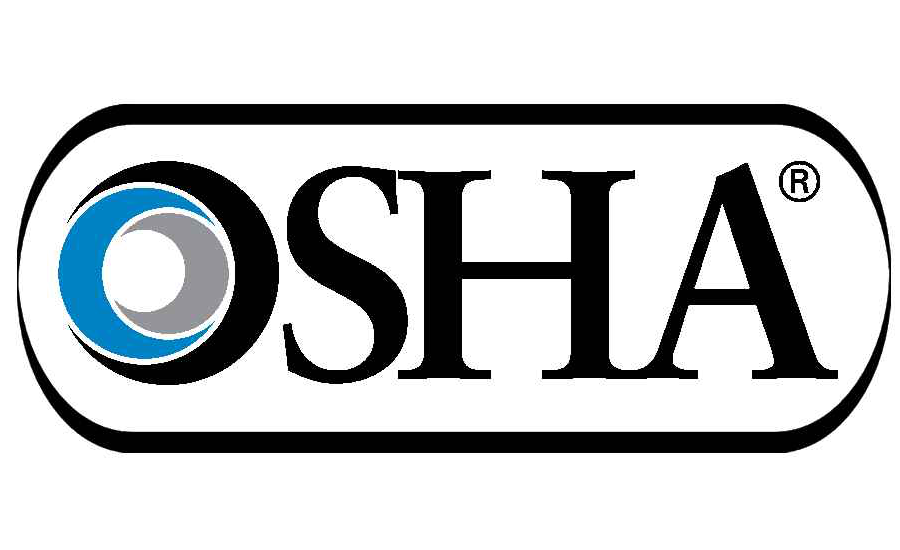Federal workplace safety and health inspectors will focus on sites such as hospitals and other health-care facilities where there is a high risk of coronavirus infection and specific complaints have been filed, OSHA said in its latest guidance.
“Fatalities and imminent danger exposures related to COVID-19 will be prioritized for inspections, with particular attention given to healthcare organizations and first responders,” the OSHAmemo said.
The instructions, released Monday, also provides a guide for employers and workers on how OSHA will conduct inspections and the specific violations inspectors could consider during those reviews. The new guidance comes a few days after the agency altered requirements to limit the types of employers that must record work-related coronavirus infections.
OSHA’s latest guidance said the riskiest jobs are those where there is “high potential” for exposure to the novel coronavirus. Workplaces considered to have workers at high risk of exposure include hospitals treating infected patients, nursing homes, emergency medical centers, home care or hospice care providers, funeral homes, biomedical laboratories, and medical transport.
Businesses with lesser risk of workers being exposed to ill co-workers or customers will be assigned a lower priority for inspection, according to Monday’s guidance. In those cases, there would likely not be an inspection. Instead, OSHA would contact the employer and request an explanation of measures the employer is taking to protect workers. An inadequate response could prompt an inspection.
The new guidance reflects OSHA’s need to prioritize its resources. Federal OSHA inspectors were spread thin even before the coronavirus crisis, with about 960 inspectors and supervisors assigned to cover all types of inspections across the country. Since March 1, OSHA has handled 1,819 virus-related complaints, 52 employer-reported cases, and 19 referrals from other sources, an OSHA spokeswoman told Bloomberg Law.
OSHA doesn’t have a specific rule for employers to follow to control hazards posed by the coronavirus or other airborne diseases.OSHA’s guidance highlighted several standards inspectors can use to review compliance, including whether workers wear eye and face protection, sanitation protocols, general requirements for personal protective equipment, recordkeeping, respiratory protection for workers, and access to employee medical records.
Inspectors also could use the general duty clause, a provision of the Occupational Safety and Health Act mandating that employers provide workplaces that are free of known hazards that can be feasibly mitigated.
OSHA said that when an on-site visit is warranted, inspectors should do as much of the inspection remotely as possible, such as conducting by phone the inspection’s opening conference with the employers. In-person interviews at inspection sites should be done in an “uncontaminated administrative area.”


